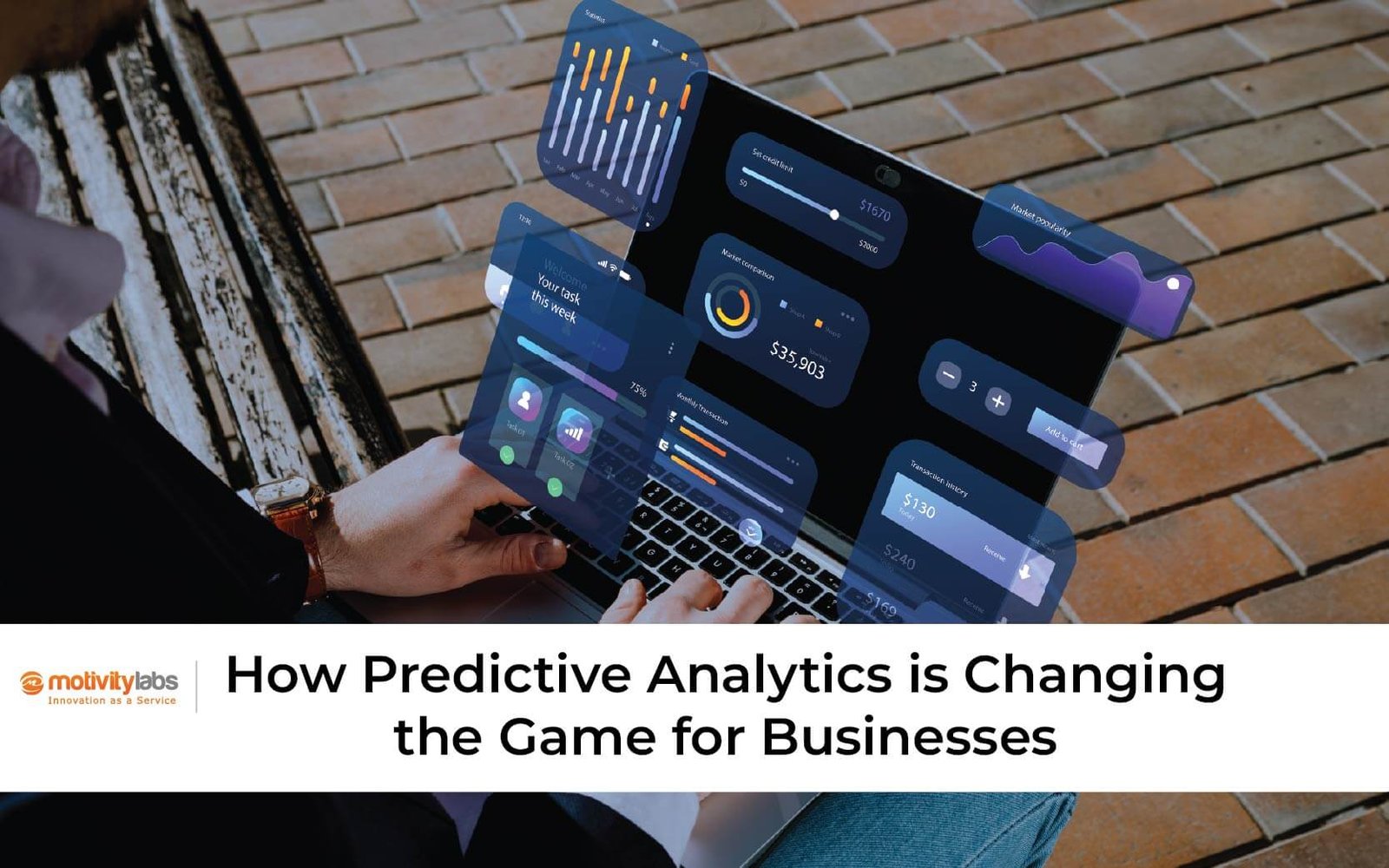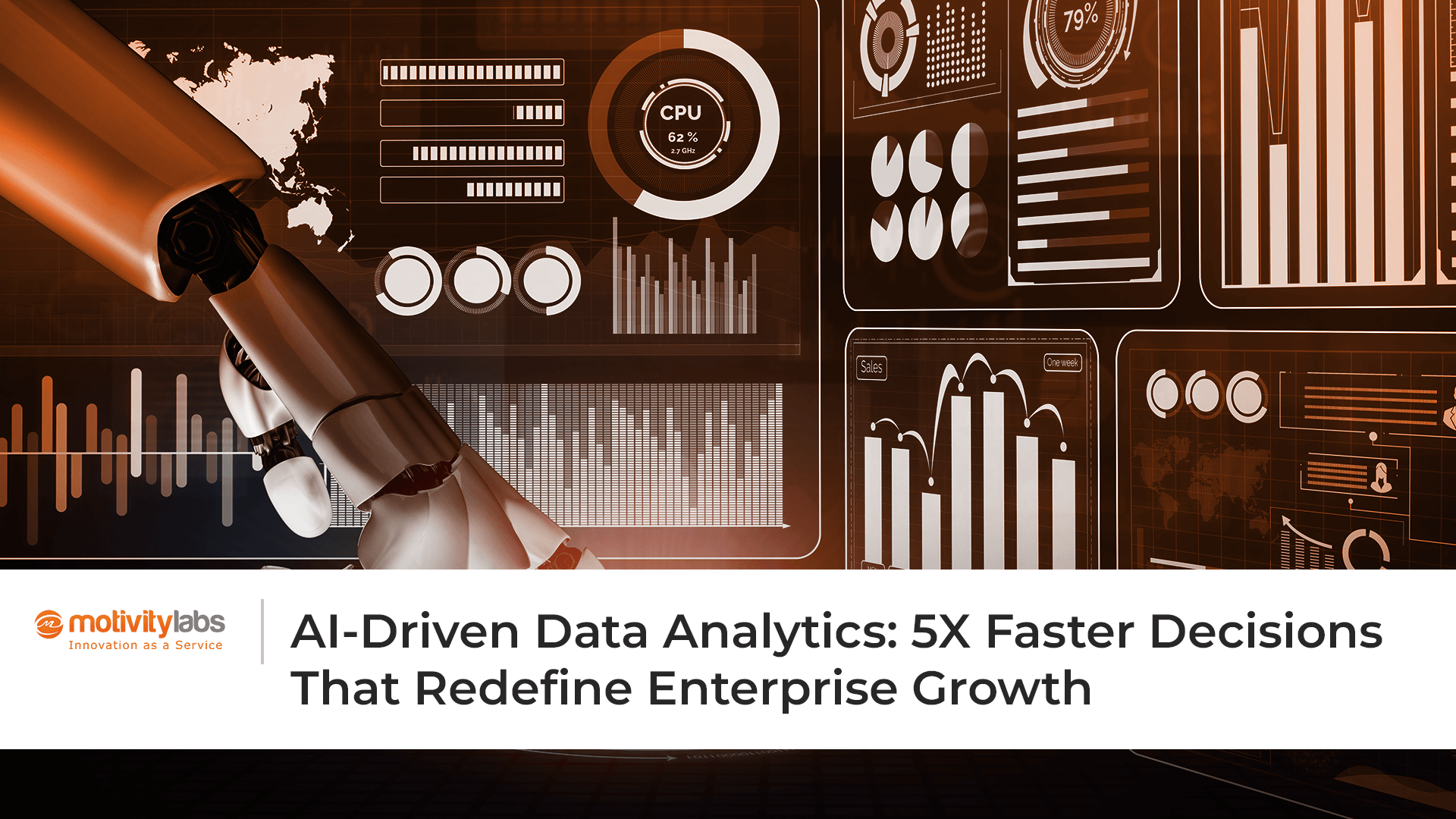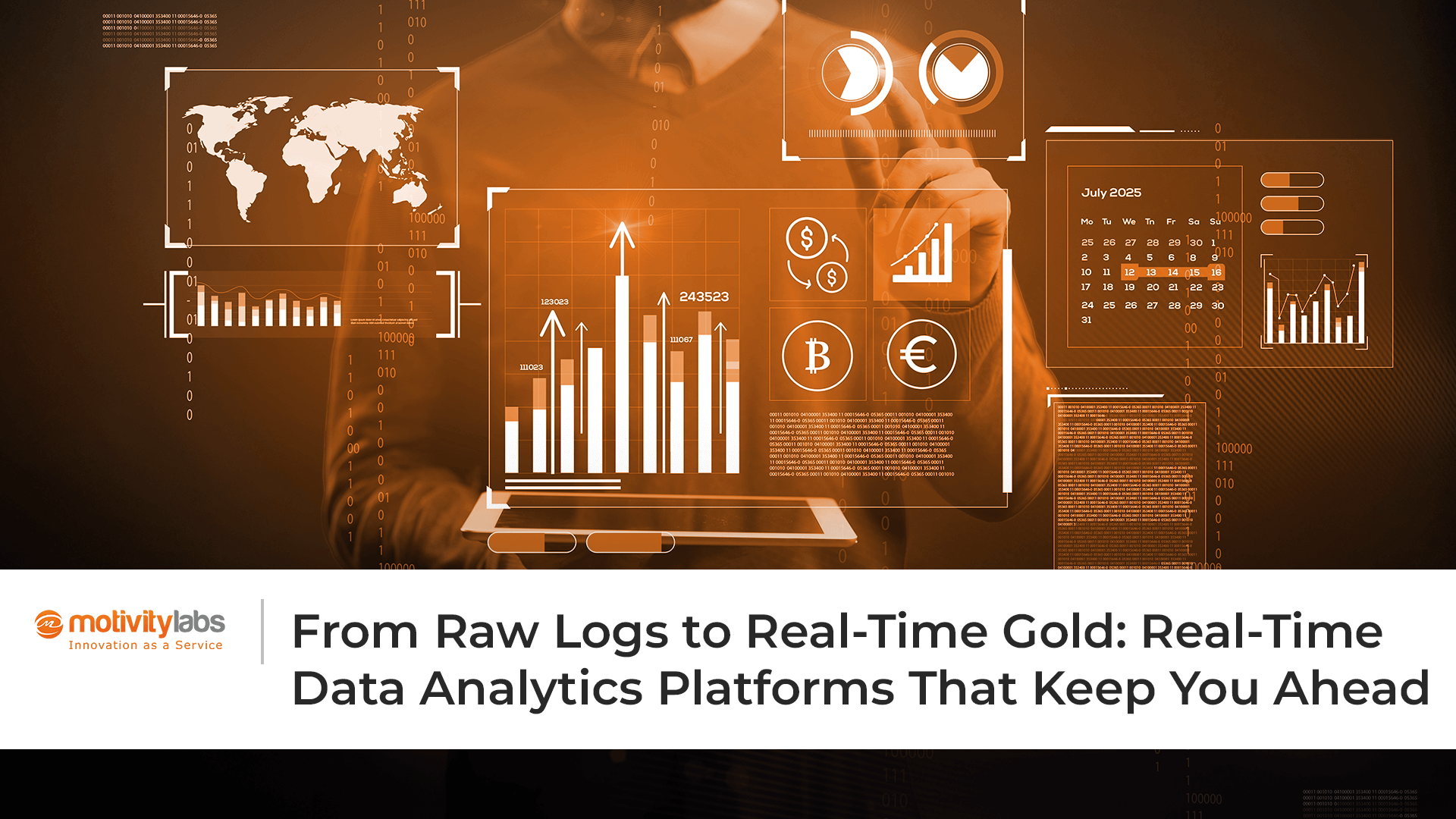Table of Contents
How Predictive Analytics is Changing the Game for Businesses
The integration of predictive analytics is revolutionizing decision-making processes and facilitating unprecedented growth opportunities. As organizations seek to stay ahead of the competition, the ability to forecast future trends and consumer behaviors based on historical data has become an indispensable tool. It leverages algorithms and machine learning techniques to analyze vast datasets. This enables businesses to uncover valuable insights and make informed strategic choices.
Its applications are diverse and impactful, from optimizing supply chain management to enhancing customer experience. Organizations are increasingly recognizing that harnessing the power of data isn’t merely an operational advantage. It is a fundamental shift in how they engage with their markets. By anticipating customer needs and market fluctuations, businesses can proactively tailor their offerings, streamline operations, and mitigate risks.
Predictive analytics is becoming a weapon for businesses looking to stay ahead. Read on to learn how predictive analytics is transforming the business game.
What is Predictive Analytics?
Predictive analytics is like a crystal ball for businesses, powered by algorithms, data, and statistics. Predictive analytics fundamentally involves the utilization of historical data. Its primary objective is to make informed predictions about future outcomes. Predictive analytics integrates statistical techniques, machine learning, and data mining to identify trends and patterns. These insights aid in predicting future events.
It builds models by analyzing past data to understand the correlation between diverse variables. For instance, a retail business can analyze customer purchase history and browsing behavior. It may also consider weather patterns. The data can help predict which products are likely to sell best in the upcoming months. By incorporating data points, the predictive models can produce highly accurate forecasts.
Predictive analytics involves more than just analyzing data. The true value lies in utilizing these predictions to inform strategic actions. This includes refining marketing strategies, adjusting inventory levels, and modifying product designs. With predictive analytics, businesses do not merely respond to current events; they anticipate future trends and prepare accordingly.
Businesses that harness predictive analytics are better equipped to seize opportunities, make strategic decisions, and bypass pitfalls. Predictive analytics is like a GPS for your business. It guides the intricate landscape of market trends, customer behavior, and operational challenges.
Applications of Predictive Analytics in Business
Predictive analytics is a versatile mechanism that businesses leverage to decrypt problems and seize new opportunities. It is a smart way to anticipate future events based on factual information.
Here are a few key applications of predictive analytics in businesses:
Decision-Making through Data Insights
Incorporating data analytics into decision-making processes enables organizations to identify patterns and trends that may not be evident through traditional analytical methods. By leveraging historical data and employing advanced algorithms, businesses can forecast potential outcomes with enhanced accuracy. This predictive capability facilitates the identification of risks as well as opportunities. Consequently, organizations can adopt proactive strategies rather than reactive ones.
Customer Insights and Personalization
Have you ever considered how Netflix accurately predicts your next viewing choice? Or how Amazon recommends products that align with your purchasing habits? These are examples of predictive analytics in action. Businesses use predictive analytics to analyze customer behavior, past interactions, and preferences. Businesses can enhance customer engagement and loyalty by customizing marketing messages. Additionally, they can predict future buying patterns to better meet customer needs.
Streamlining Operations and Resource Management
Optimizing operational efficiency and resource allocation is paramount for organizations seeking sustainable growth. By leveraging predictive analytics, businesses can identify bottlenecks in their workflows and forecast resource demands more accurately. This allows for a more strategic approach to inventory management and workforce allocation, reducing excess costs and enhancing overall productivity. For instance, by predicting peak sales periods, businesses can ensure they have the necessary stock and personnel. Organizations can minimize downtime and maximize operational output.
Equipment Maintenance Strategies
Integrating predictive analytics into operational processes enables businesses to make informed decisions regarding equipment maintenance and supply chain logistics. Anticipating when machinery may require servicing allows organizations to schedule maintenance proactively, avoiding costly disruptions. Additionally, understanding supply chain dynamics can lead to more effective partnerships and inventory strategies. It ensures that resources are utilized efficiently and in alignment with demand. This proactive resource management streamlines operations and contributes to long-term profitability and competitiveness in the marketplace.
Financial Forecasting
Businesses require predictive analytics, not a fortune teller, to anticipate financial outcomes. By examining past performance data and current market conditions, organizations can create more precise financial forecasts. This approach enables informed budgeting decisions and strategic growth planning and mitigates unforeseen challenges. It serves as a financial compass, guiding organizations in the right direction.
Transformative Effect on Business Decisions
Predictive analytics is driving innovation and efficacy across diverse functions. However, it is not merely about technology. It is about how decision-making and strategy are transforming the business game.
Here are a few key ways predictive analytics is transforming decision-making from the boardroom to the frontline:
Proactive Problem-Solving
With predictive analytics, businesses can identify potential issues, like supply chain disruptions, equipment failures, or customer churn. By recognizing these risks in advance, they can take preemptive action to mitigate their impact.
For instance, an e-commerce organization can utilize predictive models to spot a drop in customer engagement and implement targeted campaigns, aiming to re-engage customers before revenue loss. This proactive strategy enables businesses to remain ahead of potential challenges and convert them into opportunities.
Data-Driven Decision Making
The era of relying solely on intuition or outdated information for business decisions has passed. Predictive analytics transforms decision-making into a scientific process. It utilizes robust data and advanced algorithms to forecast outcomes and inform strategy. By harnessing predictive insights, companies can make more accurate and objective decisions. This approach reduces uncertainty and minimizes risk. It is akin to transitioning from a black-and-white perspective to a high-definition view of the future.
Faster and Agile Responses
Speed and agility are essential aspects in the present, rapidly evolving business environment. Predictive analytics allows businesses to respond swiftly to market changes, customer needs, and emerging trends. Organizations can make pivot strategies, faster decisions, and capitalize on new opportunities with real-time data and forecasts. For instance, during a sudden market shift, a retailer can promptly adjust its inventory levels. The retailer may also realign its marketing focus to better meet changing consumer demands.
Improved Customer Retention
Retaining old customers is as crucial as acquiring new ones in the present business world. Predictive analytics enables businesses to identify the factors contributing to customer churn. It allows organizations to take proactive measures to mitigate this issue. By analyzing customer behavior and identifying at-risk customers, companies can develop personalized retention strategies. These strategies may include special offers or targeted outreach. Such initiatives aid in retaining valuable customers, promote stronger relationships, and enhance loyalty over time.
Wrapping Up
Predictive analytics is revolutionizing the way businesses operate, enabling them to make data-driven decisions that enhance efficiency and drive growth. Organizations like Motivity Labs are at the forefront of this transformation, providing tailored digital solutions that empower organizations to harness the power of their data effectively.
By leveraging advanced analytics, businesses can anticipate market trends, optimize operations, and improve customer experiences, gaining a competitive edge in today’s rapidly evolving landscape. As it continues to evolve, organizations that embrace these innovative technologies will be well-positioned to thrive in an increasingly data-centric world.



